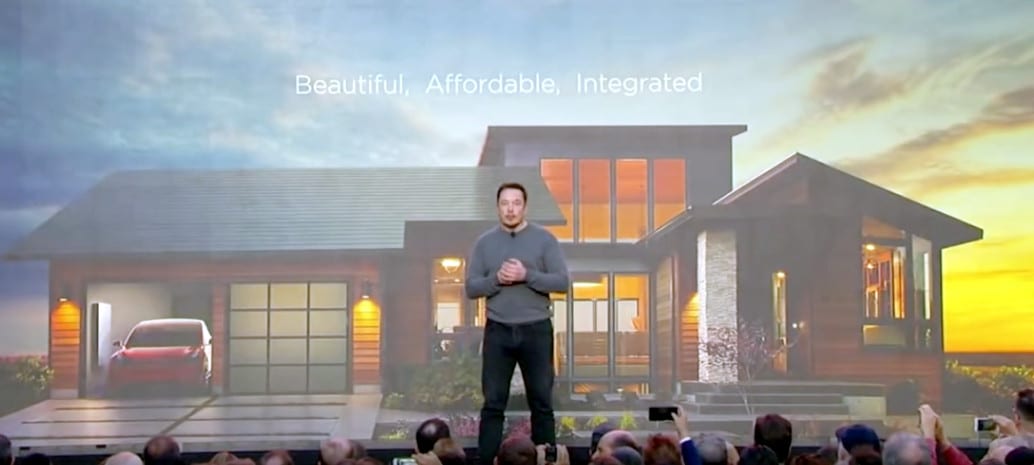It was perhaps inevitable that as deployment fell further and further, at some point the solar business formerly under SolarCity was no longer going to be number one for distributed solar by volume. While Sunrun will not release its Q4 deployment numbers for another month, Tesla’s deployment of only 87 MW during Q4 was less than Sunrun’s 90 MW during Q3.
As we have noted before, selling solar simply isn’t Elon Musk’s biggest priority. While the iconic entrepreneur is busy launching rockets, unveiling electric semis and fighting through problems in the Model 3 rollout, Tesla’s solar offering is increasingly being managed for greater short-term profit, and deployment is getting smaller along the way.
As the long-term result of dismantling SolarCity’s sales network and moving sales into Tesla stores, the volume of solar deployed actually fell 20% from Q3. Along with this the share of solar through cash sales and loans increased to 54% – more than double the share a year ago.
But as solar sales slump, Tesla’s battery storage deployment is growing. In addition to installing the world’s largest lithium-ion battery in South Australia in December, Tesla deployed 143 megawatt-hours (MWh) of energy storage, a 45% year-over-year increase.
These two metrics do not tell the whole story. Tesla and Panasonic are currently ramping production of its Solar Roof at the “Gigafactory 2” in Upstate New York, and the company has begun deploying Solar Roofs on non-employee homes. However the waiting list for customers appears to be long, and Tesla is providing very little information about production volumes, except to note that it is “deliberately ramping production at a gradual pace”.
Tesla notes a synergy between the Solar Roof and its Powerwall batteries. “There is a significant cross-selling potential between Powerwall and our solar products, as evidenced by the fact that a vast majority of the customers who have ordered Solar Roof have also ordered at least one Powerwall,” reads the company’s shareholder letter.
Tesla says that is expects growth in its solar business to return “later this year”, and this may be helped by its return to Home Depot stores. Additionally, Tesla is bullish on its battery business, stating that in 2018 it aims to deploy three times the battery capacity deployed in 2017.
The economics of how all of this is working is characteristically less clear. Revenues in Tesla’s Energy Storage and Generation business more than doubled year-over-year to $298 million. However, the division also reported only a 5.5% gross margin, and as operating margin is not calculated at the division level, it is likely Tesla’s solar and battery sales are less than profitable at this time.
Tesla states that it expects the division’s gross margin to improve “significantly” in 2018 due to a backlog of higher-margin commercial solar projects and a more profitable energy storage business due to economies of scale.
As a company, Tesla is far from profitable. Tesla lost a massive $771 million during Q4, bringing the company’s total loss to $2.24 billion this year. And yet Musk and company continue to be able to raise money, closing the year with $3.37 billion in cash, and promising that quarterly operating income will turn “sustainably positive” at some point this year.
And so the show goes on.
This content is protected by copyright and may not be reused. If you want to cooperate with us and would like to reuse some of our content, please contact: editors@pv-magazine.com.









Good comment “And so the show goes on.” It really is a show, with nebulous grand misleading promises by Elon, while incurring massive debt with other people’s money and has little to show for it (other than the cheesy gimik of an astronaut riding in his Roadster).
Normal citizens and businesses simply cannot afford his products. And the Show will end…
I don’t know. It hasn’t ended yet. Our economy makes a lot of rich people (and even more poor people) for Musk to sell high-status goods to.